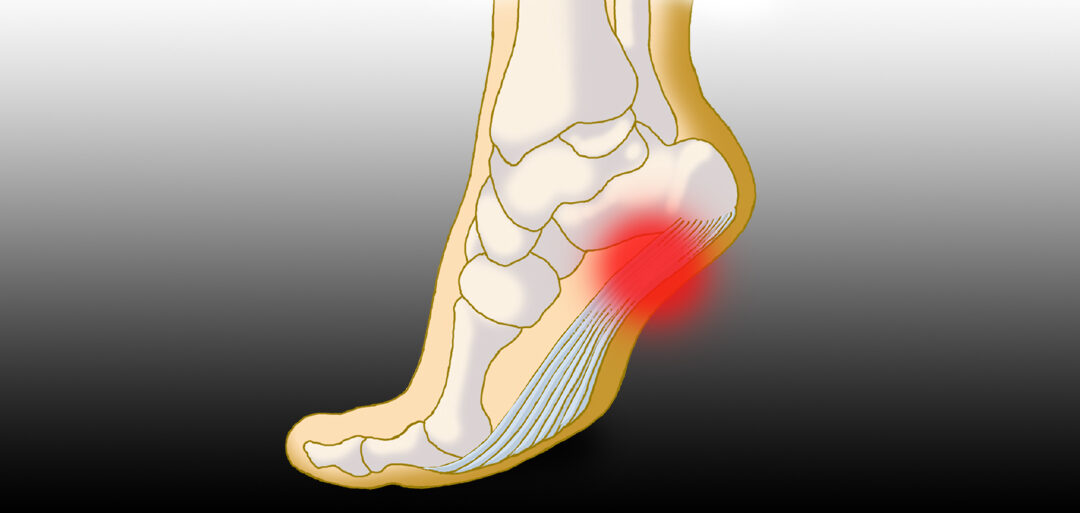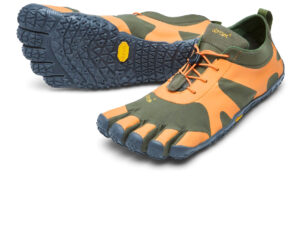Plantar fasciitis, a condition causing stabbing heel pain, can significantly impact daily life. While traditional treatments like rest, ice, and pain medication offer relief, a surprising option is gaining traction: barefoot shoes. But can these minimalist shoes truly help heal plantar fasciitis?
Understanding Plantar Fasciitis:
The plantar fascia is a thick band of tissue running along the sole of your foot, connecting your heel bone to your toes. It supports the arch and absorbs shock during activity. Repetitive strain or overuse can inflame this tissue, leading to plantar fasciitis.
Traditional Footwear and its Downside:
Conventional shoes often have:
- Elevated heels: This throws off your natural gait, putting extra stress on the plantar fascia.
- Arch support: While intended for support, it can weaken foot muscles, making them more reliant on the shoe’s structure.
- Thick cushioning: This reduces proprioception (your foot’s sense of position and movement), leading to less stable and efficient footwork.
These factors contribute to plantar fasciitis development and hamper recovery.
Enter Barefoot Shoes:
Barefoot shoes, also called minimalist shoes, mimic barefoot walking. They feature:
- Zero heel drop: A flat sole promotes natural gait and reduces stress on the plantar fascia.
- Thin, flexible soles: This allows your foot to move and adapt to terrain, strengthening muscles.
- Wide toe box: Provides natural toe splay, improving balance and stability.
Benefits of Barefoot Shoes for Plantar Fasciitis:
- Strengthens foot muscles: The lack of support in barefoot shoes forces your foot muscles to work harder,improving stability and reducing strain on the plantar fascia.
- Improves proprioception: The thin soles enhance your foot’s sensory feedback, leading to better balance and gait, reducing the risk of reinjury.
- Reduces inflammation: Studies suggest that barefoot walking can decrease inflammation in the plantar fascia,promoting healing.
A Note of Caution:
While barefoot shoes offer potential benefits, they’re not a magic cure. Transitioning too quickly can worsen pain. Here are some tips:
- Start slow: Gradually increase barefoot shoe use, allowing your feet to adjust.
- Choose the right shoes: Look for shoes with a wide toe box, thin soles, and zero drop.
- Listen to your body: If you experience pain, stop and consult a healthcare professional.
Beyond Barefoot Shoes:
While barefoot shoes can be a valuable tool, a holistic approach is crucial for plantar fasciitis recovery. This includes:
- Stretching and strengthening exercises: Focus on the muscles around the foot and ankle.
- Weight management: Excess weight puts additional strain on the plantar fascia.
- Rest and activity modification: Avoid activities that aggravate the pain.
Conclusion:
Barefoot shoes, when used properly, can be a valuable addition to a plantar fasciitis treatment plan. By promoting foot strength, proprioception, and potentially reducing inflammation, they can contribute to healing and prevent future flare-ups. Remember, a gradual transition, proper shoe selection, and a combination of therapies are key to success. Consult your doctor or a physical therapist for personalized guidance on your journey to pain-free feet.
Additional Resources:
- American Academy of Orthopaedic Surgeons: https://orthoinfo.aaos.org/globalassets/pdfs/planter-fasciitis.pdf
- Mayo Clinic: https://sportsmedicine.mayoclinic.org/condition/plantar-fasciitis/









